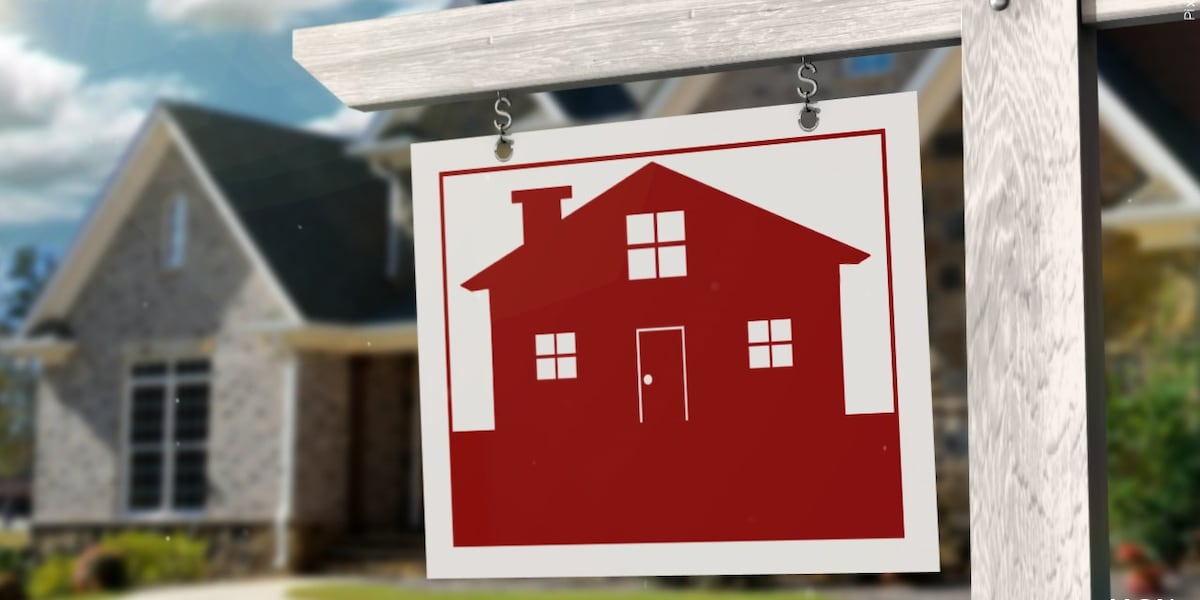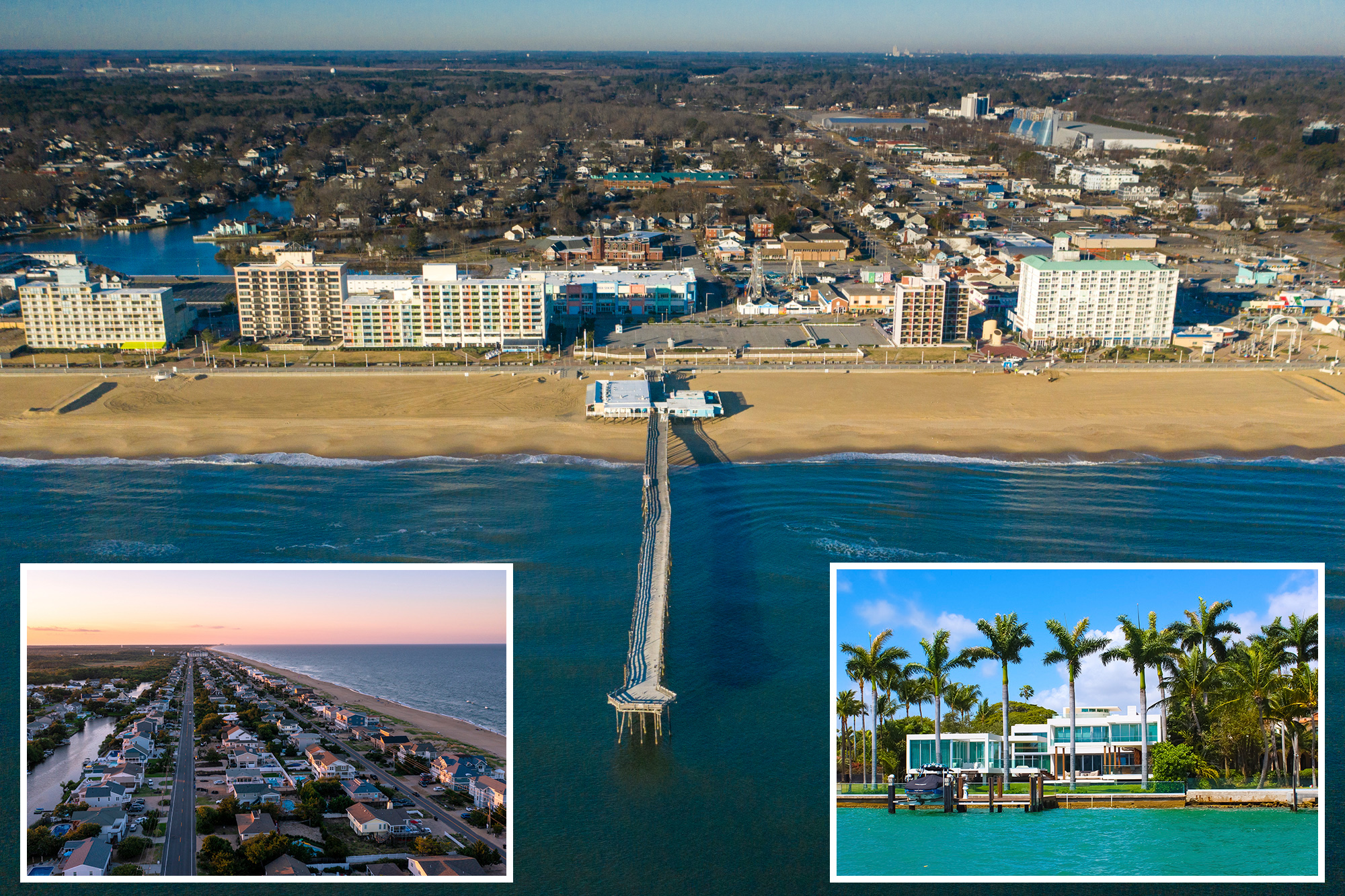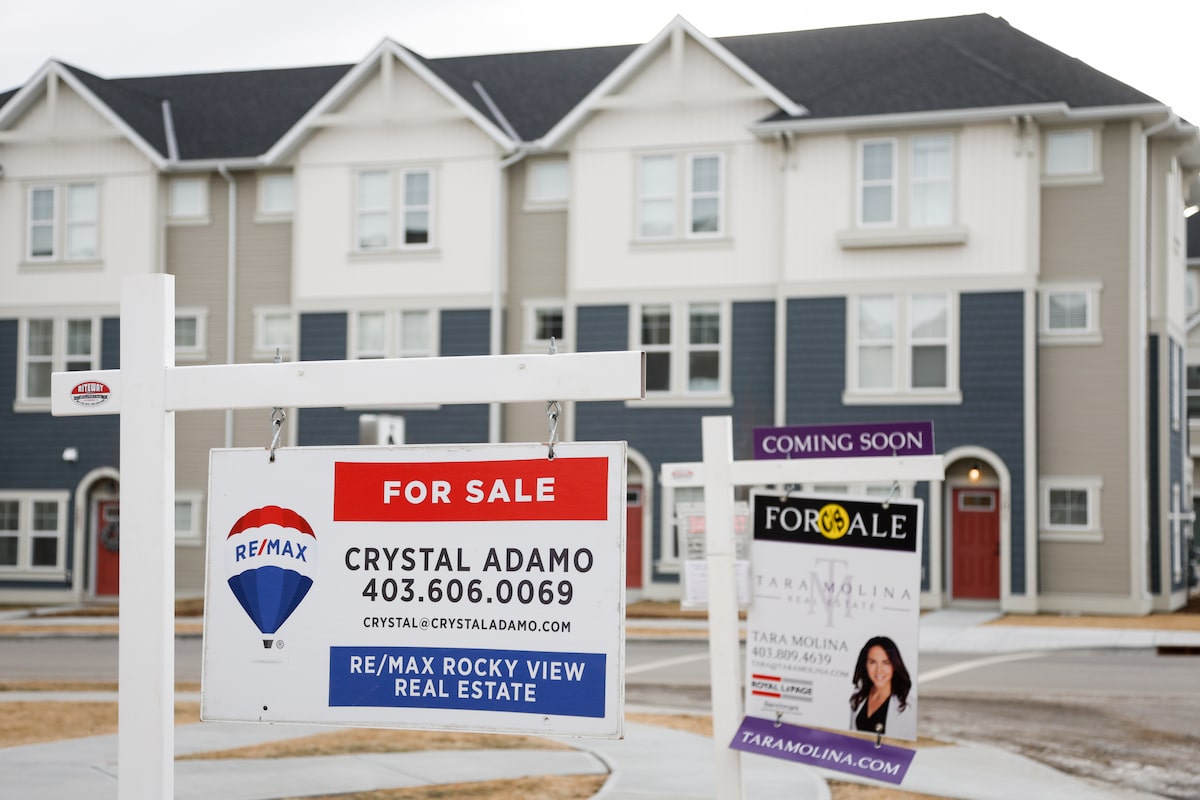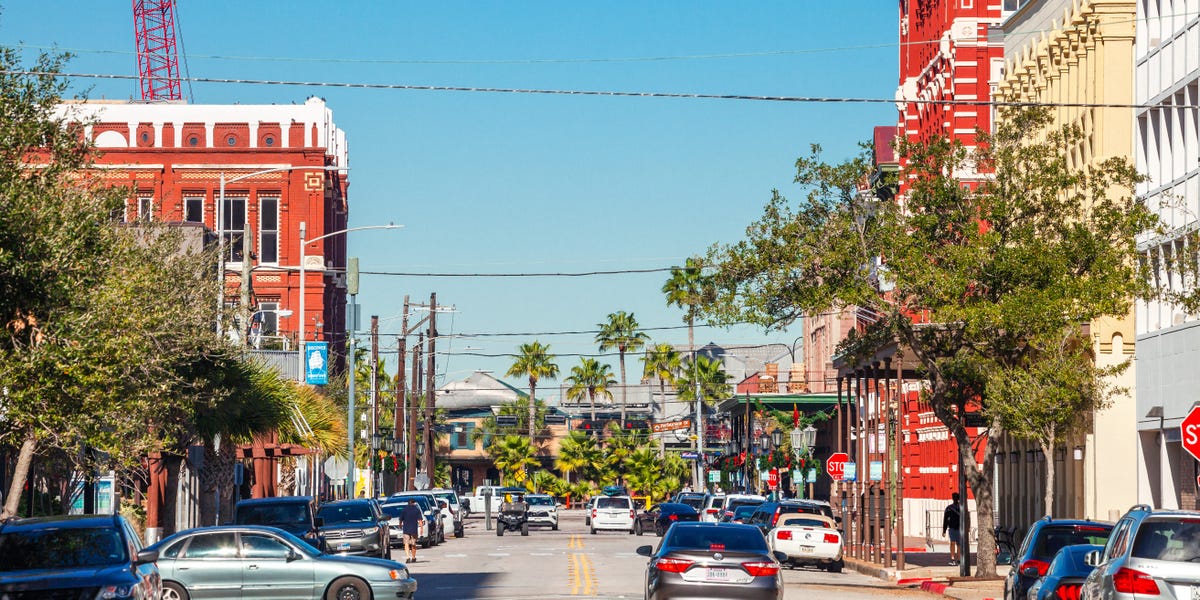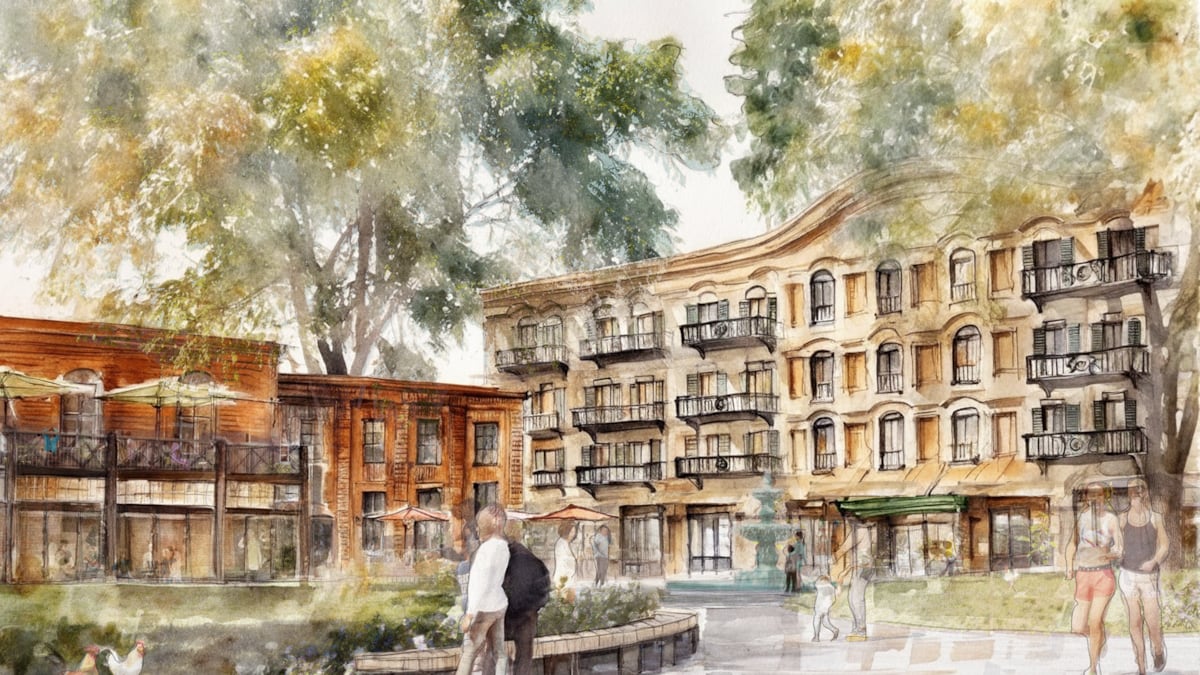I
daho’s biggest full‑service commercial real‑estate firm, Colliers, has declared 2025 a record year. The Boise market is expanding, office vacancy rates sit at a healthy 6–7 %, retail is gaining traction, and industrial and retail spaces are increasingly overlapping.
**Key Highlights**
- **Boise Growth** – Colliers reports robust expansion across the city’s commercial sector.
- **Office Demand** – Vacancy remains low (6–7 %), indicating steady demand.
- **Retail Resurgence** – New stores outpace closures, and occupancy hits a 20‑year high of 95 %.
- **Industrial‑Retail Synergy** – Cross‑use of spaces is creating fresh opportunities.
Jim Shipman, Managing Owner, said, “Despite lingering economic uncertainty and higher interest rates, Colliers has seen a remarkable uptick in 2025.” His optimism was echoed at the firm’s 22nd Annual Outlook Conference on Oct. 14 at the Boise Centre, where nearly 500 people attended in person and 1,100 joined online.
Shipman emphasized the importance of civility, integrity, and forward momentum. Colliers operates offices in Boise, Nampa, Pocatello, Twin Falls, Idaho Falls, and Sun Valley.
**National Context**
Keynote speaker Aaron Jodka, Colliers’ National Capital Markets Director, joined via Zoom from Boston. He attributed the U.S. sales surge to record‑high venture capital activity. All asset classes—office, industrial, multifamily, and retail—showed year‑over‑year volume growth, except hospitality. He noted that larger markets carry the greatest risk, but Boise is not among them.
A panel led by Shipman featured four Colliers leaders who unpacked Boise’s latest market trends.
**Office Market Dynamics**
Since the pandemic, more workers are returning to office. Scott Raeber, Colliers’ office brokerage lead, calls the local market “positive” compared to last year, with vacancies steady at 6–7 %. Supply under construction is limited, and companies are either moving in or right‑sizing. He expects this pattern to hold for a couple of years.
Nationally, office vacancies climbed from 16.6 % in Q2 2023 to 18.4 % in Q2 2025. Miami and Manhattan absorb the most space (11 % vacancies), while Los Angeles (24.4 %) and San Francisco (31 %) lead in high vacancy rates. Raeber stresses that simply mandating a return to the office is insufficient; incentives and a cultural shift are needed. Boise’s valley offers many subleases at attractive prices, and most available space is already absorbed.
**Retail Evolution**
Jodka highlighted retailers’ success in blending e‑commerce and in‑store experiences, making shopping easier for consumers. U.S. retail‑center occupancy remains at a 20‑year high of 95 %. Locally, retail interest is strong, especially near the Highway 16 development between Meridian and Nampa, where new housing spurs demand for retail.
Store closures have reversed; openings now outpace closings. Big‑box retailers are opening new locations, creating opportunities for recreation and fitness businesses. Notable closures—JoAnn Fabrics, Rite Aid, Big Lots—have opened space for new tenants.
**Industrial‑Retail Convergence**
Jack Cosca, Colliers’ Industrial Associate, shared a case where a batting‑cage facility moved into a retail center because lease rates were lower, parking was available, and the space fit their needs. He described the local industrial market as a “distribution market,” citing Tractor Supply’s 865,000‑sq‑ft warehouse in Nampa. Micron‑related users are waiting for Micron’s expansion, and developers are preparing for Phase Two projects, signaling a strong 2026 outlook.
**Residential and Infrastructure**
While Colliers does not sell homes, its leaders monitor residential trends closely. Southeast Boise is attracting attention, especially with the Micron project. John Starr, a leasing and land‑acquisition expert, notes that the area’s development hinges on securing a $20 million Idaho Power substation—an investment that can take two to three years. These challenges illustrate why edge developments often lag behind.
**Looking Ahead**
Some industry observers hope Boise will transition from a tertiary to a secondary market as more people discover Idaho’s lifestyle. Jodka cited Nashville’s affordability, migration surge, and long‑term demographics as factors that could drive such a shift.
In sum, Colliers’ 2025 performance reflects a resilient Boise market: low office vacancies, thriving retail, industrial‑retail crossover, and a growing residential footprint—all underpinned by national trends and a cautious but optimistic outlook for the future.


